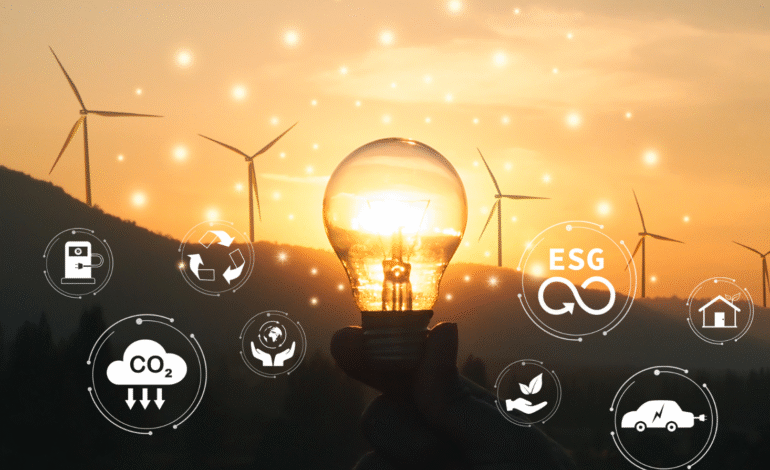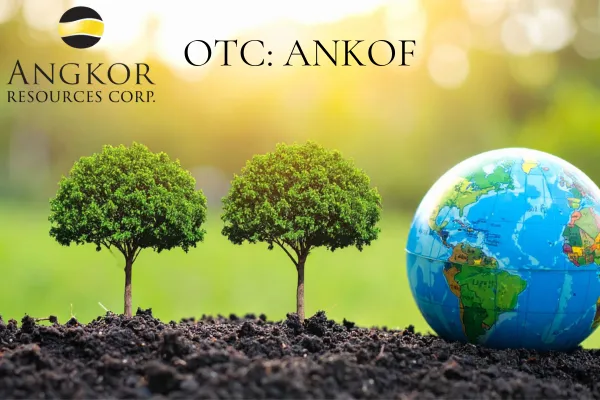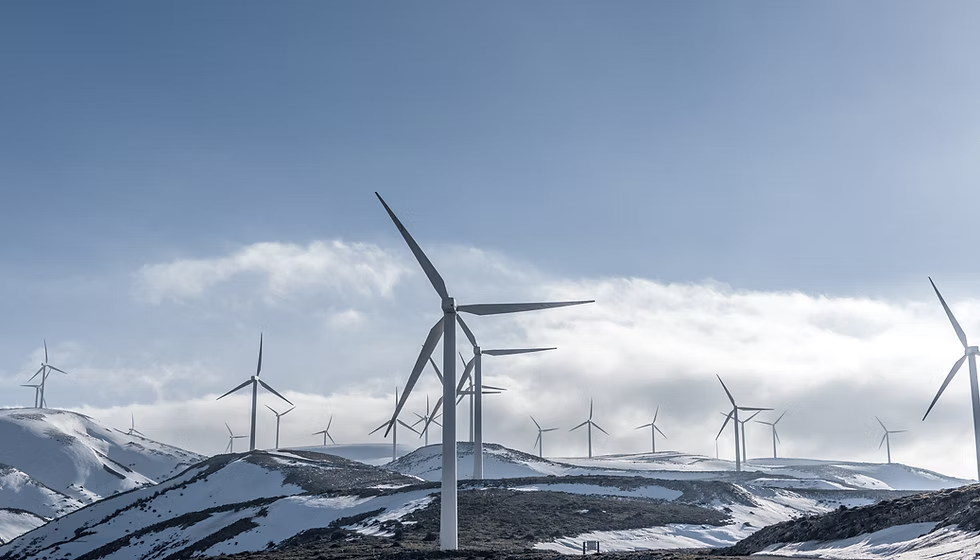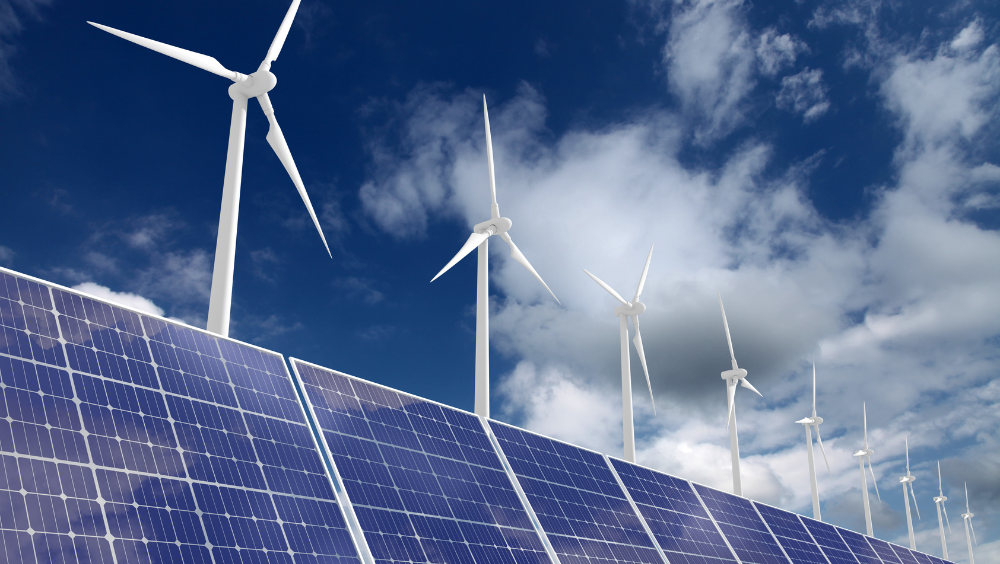Carbon Capture Technologies Enhanced by Machine Learning

Carbon capture technologies play a crucial role in global efforts to reduce greenhouse gas emissions and combat climate change by capturing carbon dioxide (CO2) from industrial sources and the atmosphere. In 2025, machine learning (ML) is significantly advancing these technologies by optimizing system performance, improving capture efficiency, and reducing operational costs.
Machine learning algorithms analyze complex datasets from carbon capture processes—such as temperature, pressure, gas composition, and flow rates—to identify patterns and optimize operational parameters in real time. This dynamic optimization enables facilities to maximize CO2 capture while minimizing energy consumption and chemical use.
Predictive maintenance powered by ML helps anticipate equipment failures or performance degradation, reducing downtime and ensuring continuous operation. Additionally, ML models assist in material discovery by predicting the effectiveness of novel absorbents, membranes, and catalysts, accelerating innovation in capture media.
AI-driven simulations and digital twins allow engineers to test scenarios virtually, evaluating the impact of process adjustments without interrupting physical operations. This reduces experimentation time and cost while enhancing scalability.
Moreover, integrating carbon capture with renewable energy systems becomes more feasible through ML-based energy management, which balances the energy demands of capture systems with fluctuating renewable outputs.
Overall, machine learning is revolutionizing carbon capture technologies by enhancing operational intelligence and innovation capacity. These improvements are vital to scaling carbon capture solutions as part of comprehensive strategies for achieving net-zero emissions and fostering a sustainable future.








